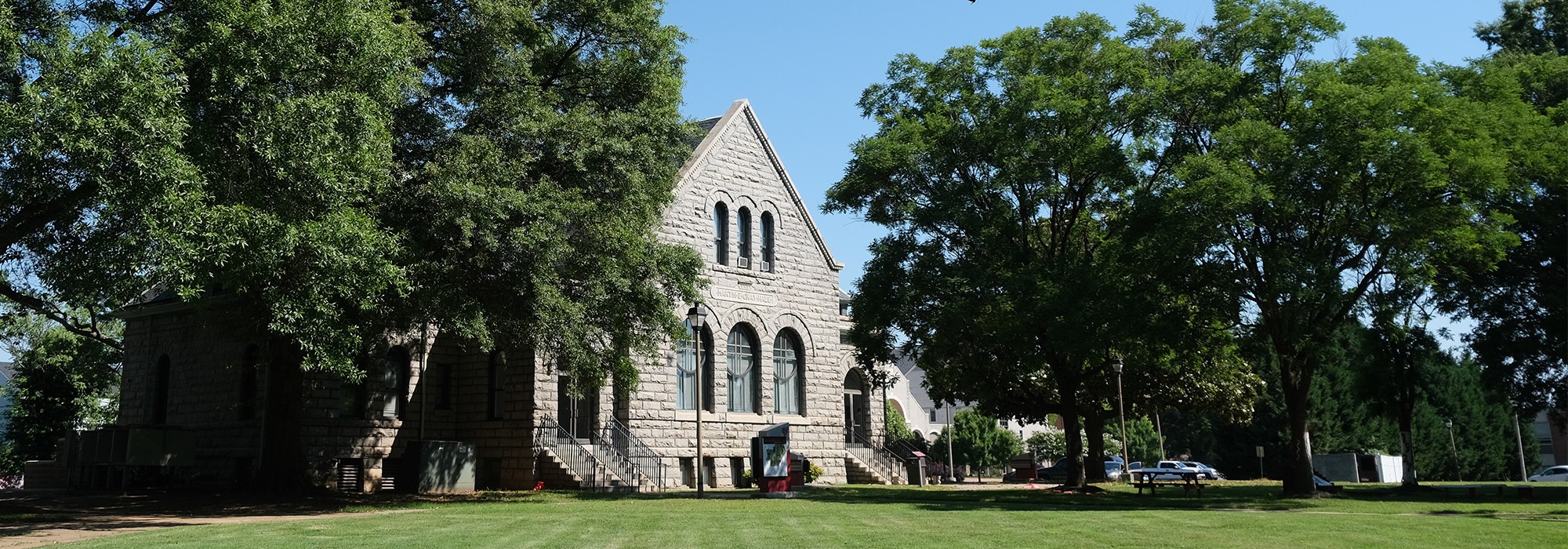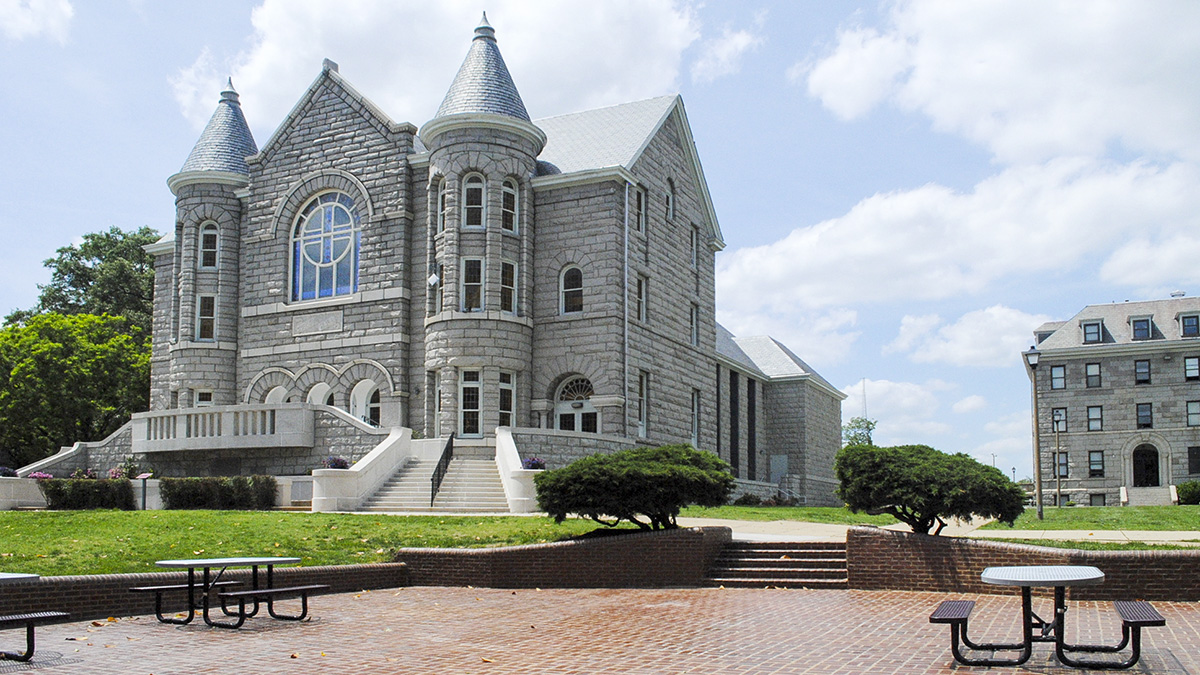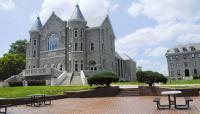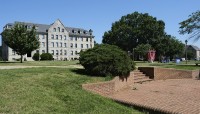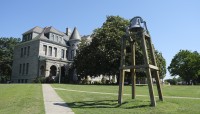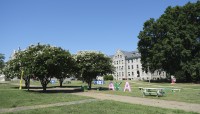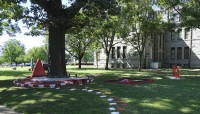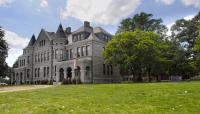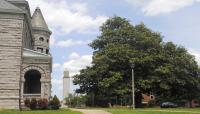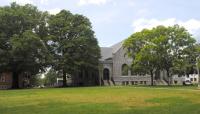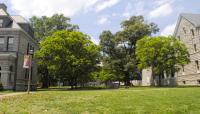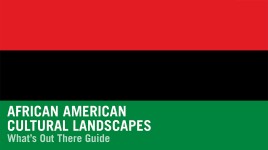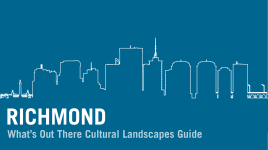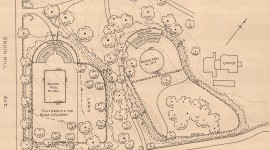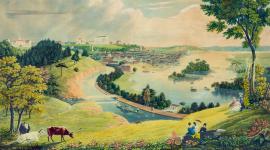Landscape Information
Founded in 1865 and established to provide an education for emancipated African Americans, formal classes were held in a former jail for the enslaved in Shockoe Valley until the campus was relocated in 1899. Primarily constructed between 1899 and 1901, nine Romanesque structures built of rough-faced grey granite ashlar were designed by prominent African American architect John H. Coxhead; seven of these are extant. A foil to these structures, the International Style Belgium Friendship Building (now known as Barco-Stevens Hall), with its 165-foot tall tower constructed for the 1939 World’s Fair in New York was relocated to the Richmond campus in 1941.
Located adjacent to Frederick Douglass Court, a small suburb developed by prominent African Americans, this 84-acre urban campus is comprised of two quadrangles shaded by picturesque groves of oaks, magnolias, and tulip poplars. Situated on the slopes of a shallow ravine and bordered on its west by an elevated segment of interstate highway constructed in the 1950s, Virginia Union University campus is loosely oriented around a number of open lawns and red brick plazas connected by an interlaced network of paths. Portions of the campus exhibit a pastoral setting of mature deciduous trees and well-established shrubs. Public sculpture is concentrated near the Student Union and the campus is enclosed by a fence of iron spires and stone posts that distinguishes the academic setting from the surrounding residential and industrial blocks. Virginia Union University was listed in the National Register for Historic Places in 1982.



